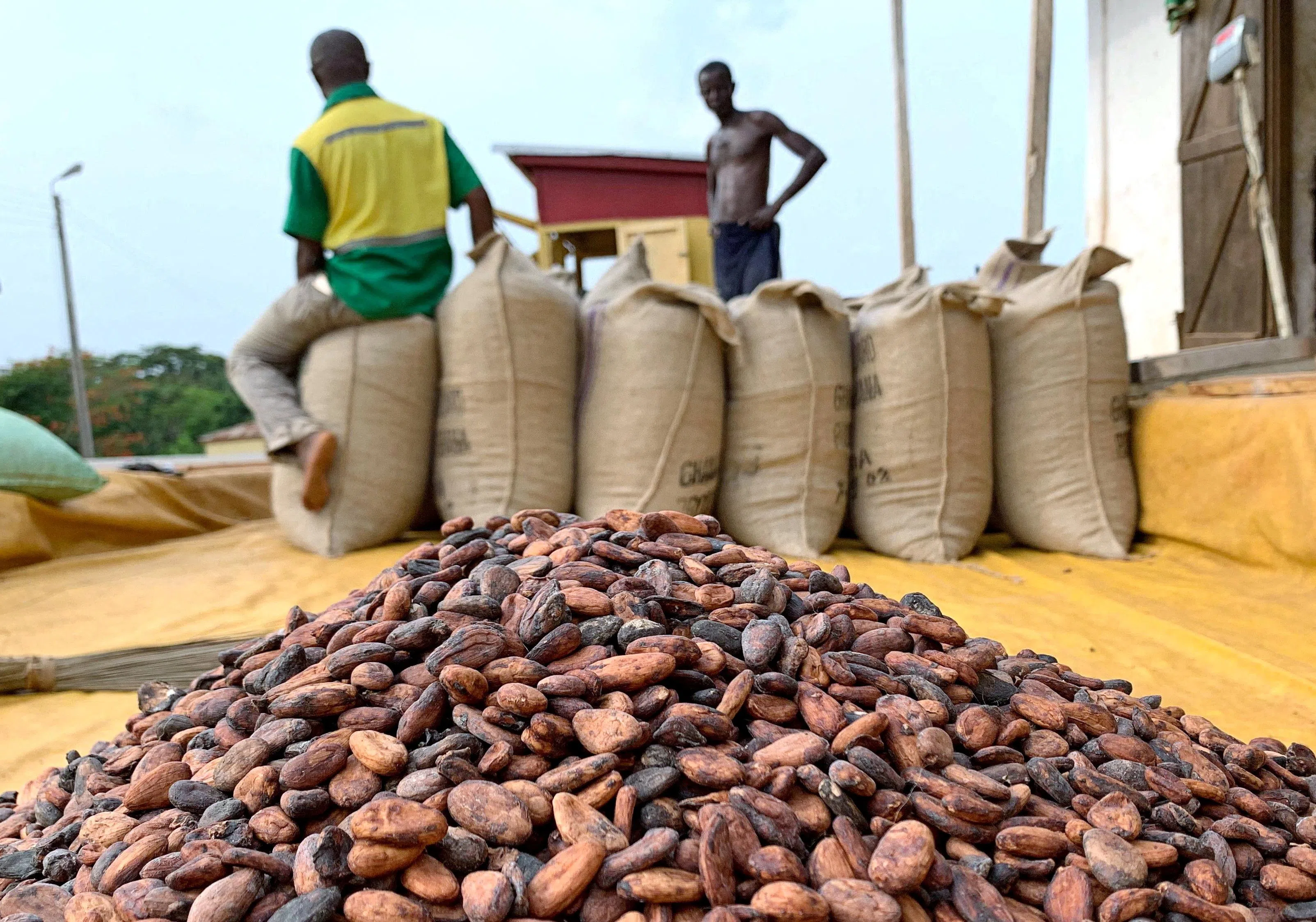THE cocoa market in 2024 has been a rollercoaster ride, marked by record highs, sharp declines, and underlying challenges that suggest the volatility may not be over.
Cocoa has emerged as the year’s best-performing commodity, even outpacing bitcoin’s meteoric rise. This remarkable performance underscores its importance in global trade. On Dec 18, 2024, US cocoa futures peaked at US$12,646 per metric tonne, a staggering three-fold increase in 2024. The rally was primarily fuelled by adverse weather conditions in West Africa, home to 70 per cent of the world’s cocoa production.
Key cocoa-producing nations like Ivory Coast and Ghana faced droughts and erratic rainfall, which led to the largest global supply deficit in 60 years. The International Cocoa Organization (ICCO) reported a deficit of 300,000 metric tonnes for the year, highlighting the scale of the issue. This supply shock sent ripples through the market, triggering speculative buying and elevating prices to record levels. The supply-side woes were exacerbated by aging cocoa trees, insufficient investments in farming infrastructure, and the impact of climate change. Farmers in West Africa have faced declining yields over the last couple of years, with the region producing 4.1 million metric tonnes in 2024, down from 4.5 million in 2023.
On the demand side, the narrative was equally compelling. Global chocolate consumption remained robust, driven by rising incomes in emerging markets and a steady appetite in developed economies. The ICCO estimated a significant gap between supply and demand, leaving chocolate manufacturers, including giants like Nestlé and Cadbury, to navigate these challenges by increasing product prices or altering recipes. Cadbury Australia, for instance, increased the price of its standard chocolate block to A$7 – a reflection of a broader trend, as similar price hikes have been observed globally across all major players – sparking concerns about affordability, particularly during peak festive seasons.
The role of climate change in shaping the future of cocoa markets cannot be overstated. Erratic weather patterns have made cocoa farming increasingly unpredictable. Experts warn that supply deficits could become a recurring issue and the market remains far from stable, as longer-term concerns persist.
BT in your inbox
Start and end each day with the latest news stories and analyses delivered straight to your inbox.
From January to April 2024, cocoa prices increased by 7,500 points (channel in graphic), rising from a low of US$4,100 in January to a previous high of US$11,700 in April. This surge then corrected to the Fibonacci retracement level of 61.8 per cent, as illustrated in the chart. Throughout 2024, cocoa’s price movement has demonstrated the intricate balance of supply, demand, and external factors such as climate change. Between April and November, prices consolidated within a triangle formation before breaking through previous highs in December 2024.
Looking ahead, the cocoa market is set for a challenging yet potentially rewarding year. The ICCO predicts a slight recovery in global cocoa production by 2025, while demand is on a rising trend for many years already. In the short term, prices may stabilise as the market adjusts to the recent volatility. However, the long-term outlook depends on addressing the issues of climate change and supply chain inefficiencies, and promoting sustainable production practices.
From a technical perspective, if the market mirrors the earlier 7,500-point rally from the recent lows around the US$6,200 range, bullish traders could be targeting levels in the US$13,000 range and beyond. On the downside, Fibonacci retracement levels show immediate support at 23.6 per cent (US$11,330), 38.2 per cent (US$10,340), and 50 per cent (US$9,540).
While the recent highs have been sweet for investors, the underlying issues cast a shadow over the market. As we move into 2025, the cocoa market stands at a crossroads, with opportunities for innovation and sustainability on one hand and the threat of continued volatility on the other. Whether you’re a trader, producer, or consumer, the cocoa market’s story is one worth watching.
The writer is senior market analyst at Phillip Nova



